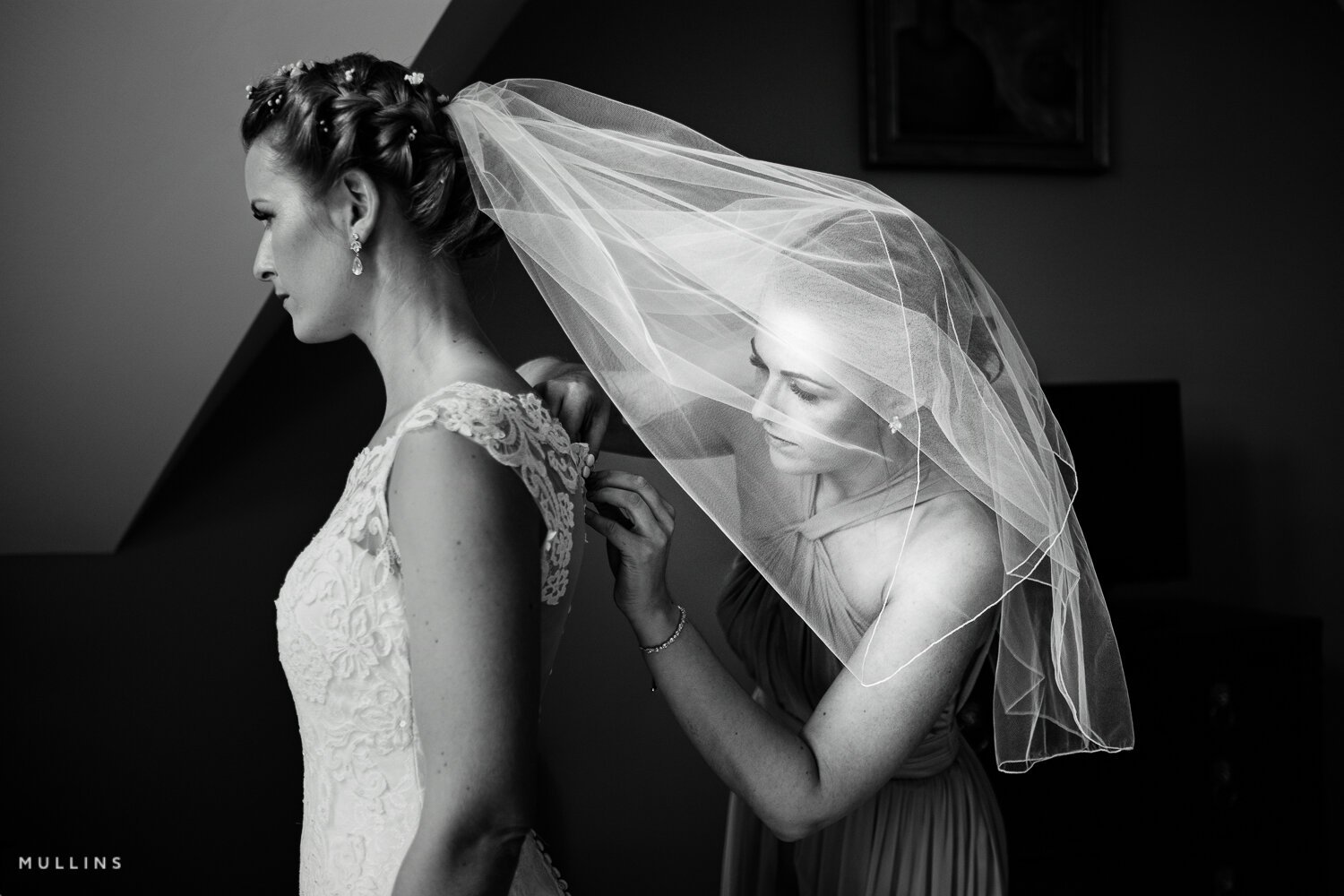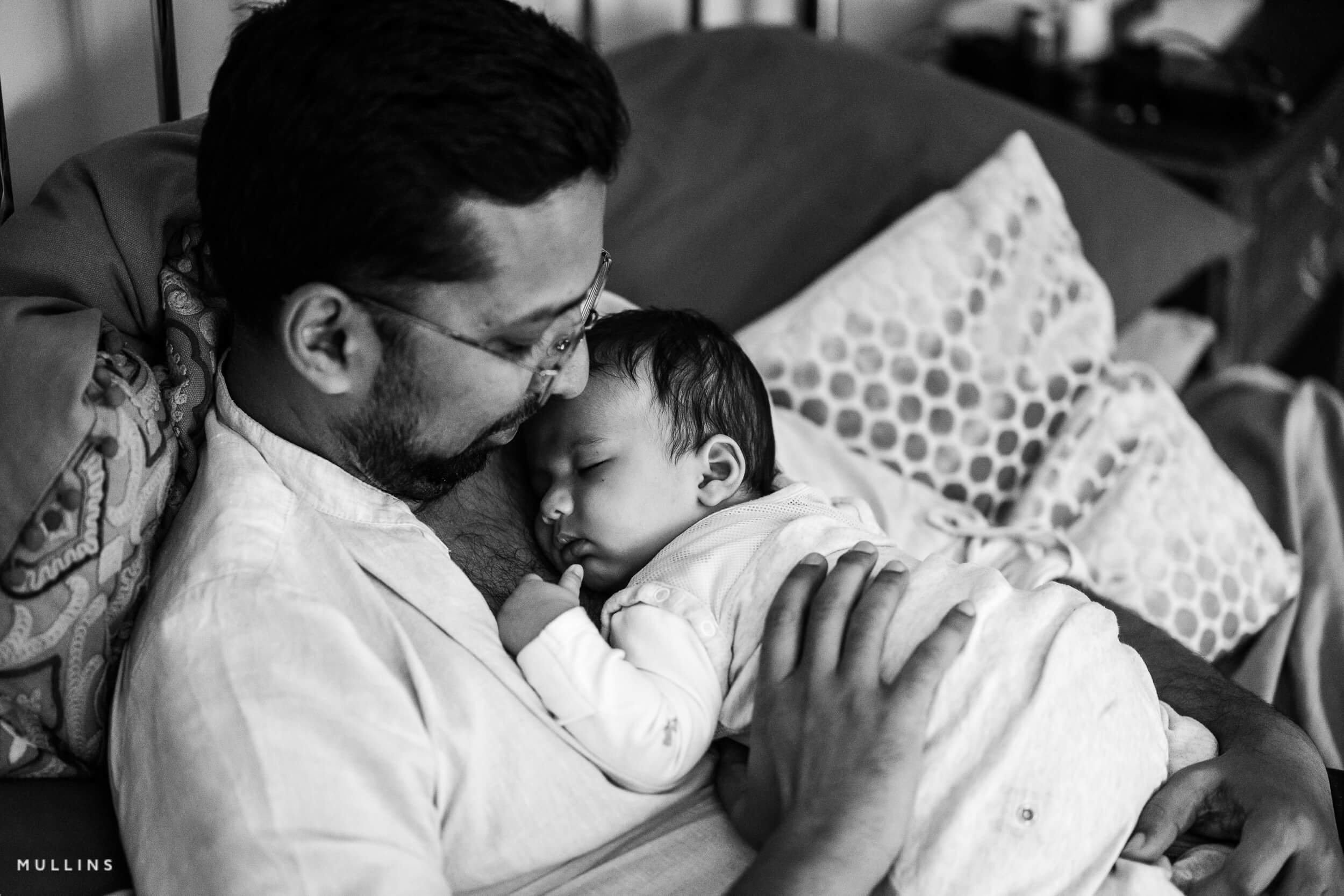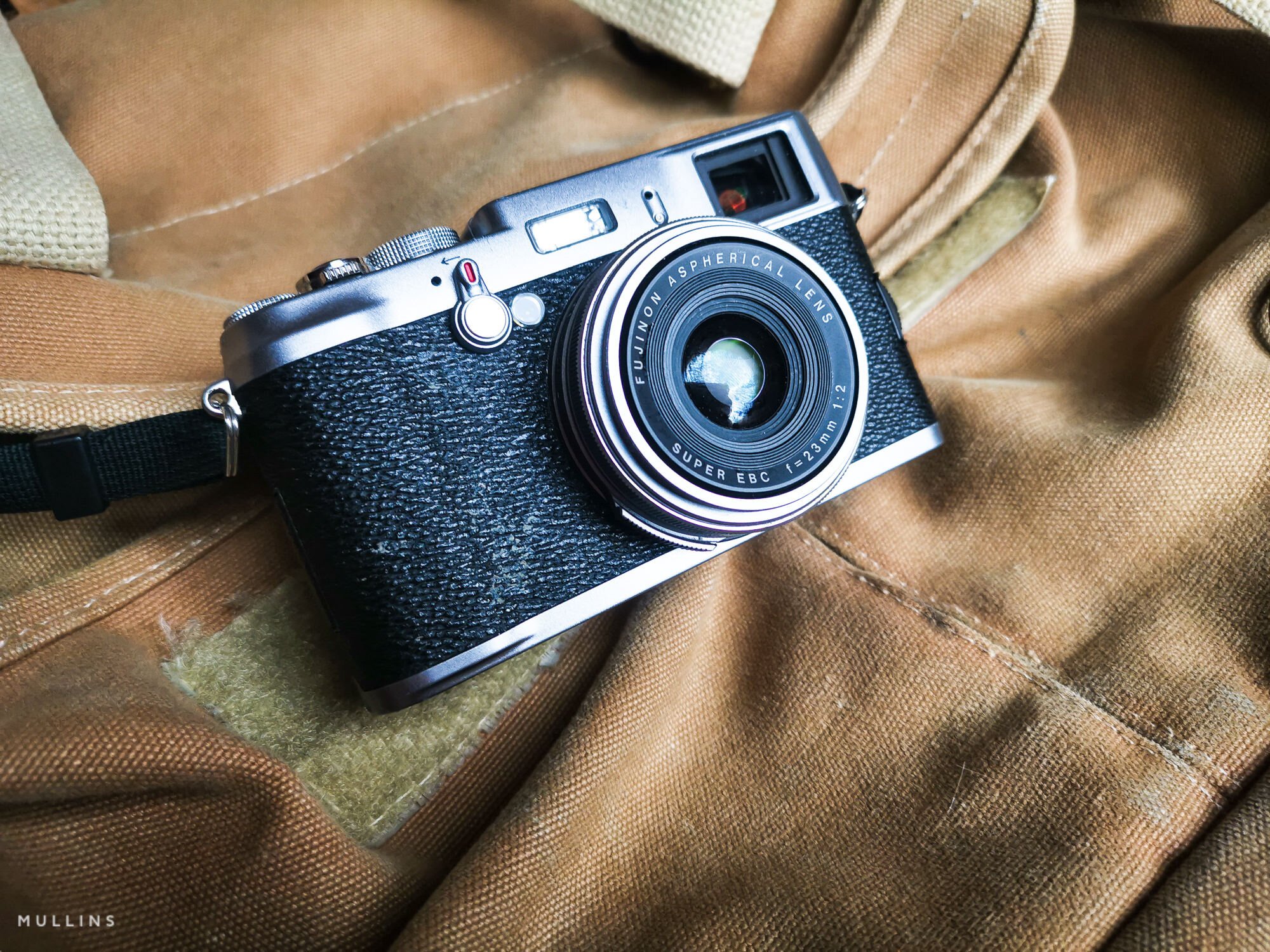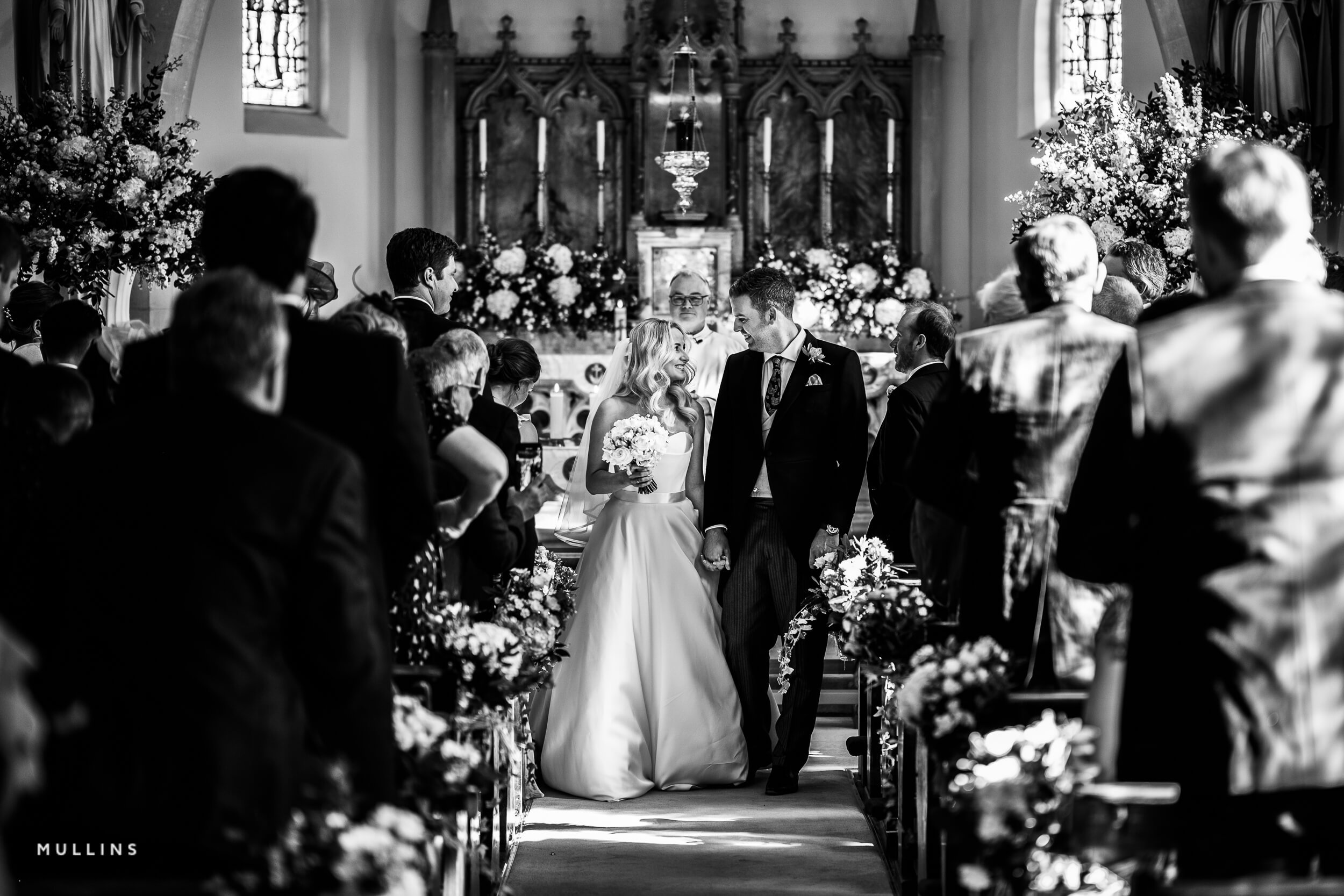
How to Become a Wedding Photographer:
Wedding Photography Tips and the Documentary Approach.
Thinking about becoming a wedding photographer?
Whether you're just starting or looking to refine your approach, this guide will walk you through everything you need to know.
From essential skills and camera techniques to building a strong portfolio and attracting the right clients, we’ll explore the ins and outs of wedding photography—focusing on a documentary approach that captures real, unposed moments.
If you want to learn how to tell genuine wedding stories with your camera, you’ve found the right place.
Introduction
Wedding photography is an incredibly rewarding career. Being part of a couple’s big day and capturing the real, unfiltered emotions is a privilege. But with that comes responsibility—the pressure to document the moments that matter most while remaining unobtrusive and adaptable.
Most people think of wedding photography as structured, filled with posed portraits and perfectly orchestrated scenes. But there’s another way. A documentary approach to wedding photography focuses on real, unposed moments, telling the story as it naturally unfolds.
This style isn’t about interfering or staging—it’s about seeing, anticipating, and capturing the day as it happens.
In this guide, I’ll take you through the key steps to becoming a wedding photographer, with an emphasis on the documentary approach.
This is the method I’ve used for years, which I cover extensively in The Art of Documentary Wedding Photography, my in-depth course for photographers who want to refine their storytelling skills and build a successful career.
What Is Documentary Wedding Photography?
A Natural Approach to Wedding Photography
Documentary wedding photography—also known as reportage or photojournalistic wedding photography—is all about authenticity.
Rather than directing the couple and guests, you work as an observer, capturing moments as they happen. The result? A collection of images that truly reflect the atmosphere and emotions of the day.
How It Differs from Traditional Wedding Photography
No Posing – Instead of directing the couple and guests, you capture them as they naturally interact.
Emotion Over Perfection – A technically perfect photo isn’t always the most meaningful one.
Unobtrusive Presence – By blending into the background, you allow moments to unfold naturally.
This style appeals to couples who want their wedding photos to feel like an honest reflection of their day, not a series of staged images.
Essential Skills for Documentary Wedding Photography
Developing an Eye for Moments
A great documentary wedding photographer doesn’t just react to what’s happening—they anticipate it. Weddings are full of fleeting interactions, meaningful glances, and bursts of laughter. The ability to see these moments coming is what separates a good wedding photographer from a great one.
One way to develop this skill is through street photography, which sharpens your ability to anticipate and capture real moments in unpredictable environments. In my course, I provide specific exercises designed to help you refine your observational skills.
Mastering Your Camera
Technical skills are key. You won’t have time to adjust settings when a moment unfolds, so you need to know your camera inside out. That means:
Understanding exposure and how to adjust quickly to different lighting conditions.
Using fast prime lenses to shoot in low light without flash.
Knowing how to focus quickly and accurately on fast-moving subjects.
In The Art of Documentary Wedding Photography, I break down my exact camera settings and explain how I set up my gear for different wedding scenarios.
Being Invisible
Some of the most powerful wedding photos come from moments when people don’t realise they’re being photographed. Learning how to blend in and move unnoticed is an essential skill.
I go into detail in my course about how to gain the trust of couples and guests, how to navigate weddings discreetly, and how to capture intimate moments without disrupting them.
Building a Portfolio That Attracts Clients
-

Start by Documenting Real Life
If you’re just getting started, practice capturing real moments in everyday life—family gatherings, events, street photography, or even a day-in-the-life project of a friend. This will help you develop your ability to tell a story through images.
-

Gain Experience as a Second Shooter
Working as a second photographer at weddings is a great way to build confidence and gain experience. You’ll learn how a wedding day unfolds, how to handle changing light conditions, and how to capture key moments, all while building a portfolio without the full responsibility of being the lead photographer.
-

Show the Work You Want to Get Hired For
Your portfolio should reflect your style. If you want to attract couples who love natural, documentary photography, your website should showcase those kinds of images. In The Art of Documentary Wedding Photography, I cover how to build a strong portfolio that resonates with your ideal clients.
The Art of Documentary Wedding Photography
This is a comprehensive course offering over 7 hours of in-depth learning for photographers who want to tell authentic wedding stories. You’ll explore key techniques like using light, composition, and human behaviour to create meaningful images. Learn from real-world lessons, refine your skills with practical advice, and gain confidence in working weddings naturally. With personal insights, practical exercises, and a live Q&A, this course will transform how you capture weddings.

Choosing the Right Gear
Keep It Simple
You don’t need a massive kit to be a great documentary wedding photographer. In fact, the more gear you have, the harder it can be to stay mobile and unobtrusive.
My recommended setup includes:
Mirrorless or Rangefinder-Style Cameras – Small, quiet, and less intrusive.
Prime Lenses – A two-lens setup (wide and portrait-length) offers flexibility without being cumbersome.
No Flash – Learning to work with natural light makes your images feel more authentic.
In my course, I take a deep dive into my exact kit and explain why I choose each piece of gear for the way I shoot.
Marketing Your Services
Educating Clients on the Value of Candid Photography
Many couples don’t realise how valuable natural, unscripted images are until they see them. Use your website, blog, and social media to showcase real moments and explain why they matter.
SEO: Getting Found Online
One of the best ways to attract clients is by optimising your website for search engines. Writing about topics like wedding photography tips, how to get natural wedding photos, and what is documentary wedding photography? can help you reach couples who are looking for this style.
Continuous Learning and Growth
Keep Shooting and Experimenting
Every wedding is different, and experience is the best teacher. The more you shoot, the sharper your instincts become.
Learn from Others
Surround yourself with inspiration. Follow photographers you admire, attend photography workshops, and always be open to learning new techniques.
Invest in Education
One of the fastest ways to improve is by learning from those who have already mastered the craft. That’s why I created The Art of Documentary Wedding Photography. This course is packed with practical lessons, real-world insights, and strategies to help you become a stronger, more confident documentary wedding photographer.
Final Thoughts
Wedding photography is about more than just taking beautiful images—it’s about capturing moments that will be cherished for a lifetime. Whether you’re just starting or refining your approach, focusing on authenticity and storytelling will set you apart.

“Wedding photography isn’t about forcing moments—it’s about being present for the real ones. The best images happen when you let go of control, trust your instincts, and embrace the unpredictable nature of the day.”
— Kevin Mullins
-
A camera with good low-light performance, fast autofocus, and a quiet shutter is ideal. Many wedding photographers prefer mirrorless cameras for their portability and discretion.
-
Practice street photography to hone your ability to anticipate and react to fleeting moments. Observing body language and anticipating movement is key.
-
Most documentary wedding photographers avoid flash as it can be intrusive. Instead, learning to use natural and available light is essential for maintaining an authentic feel.
-
Start by second shooting for experienced photographers, document family and friends’ events, and focus on storytelling images that reflect real emotion.
-
Engage with them naturally and give minimal direction. The more at ease they feel, the more genuine their interactions will be.













